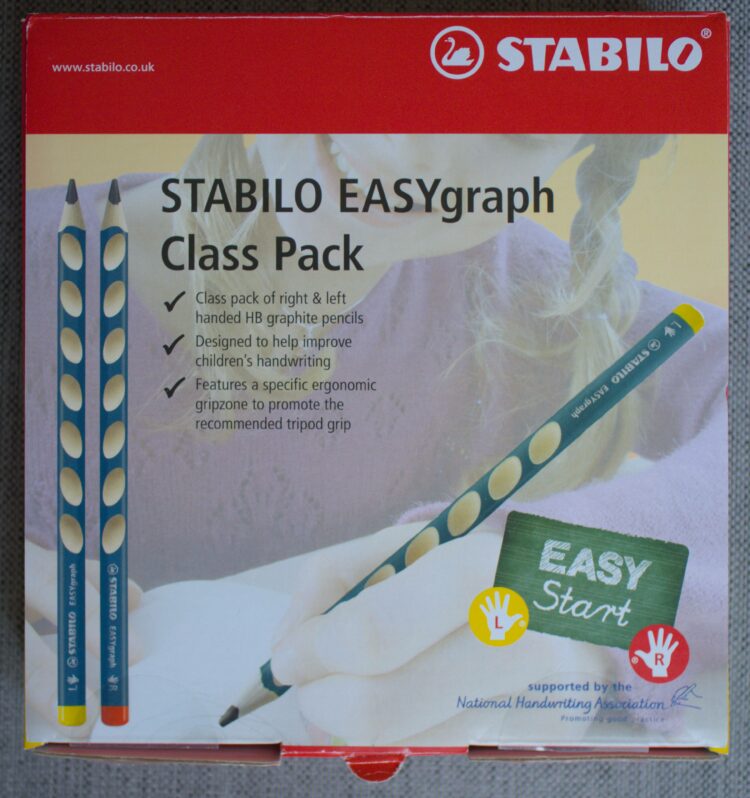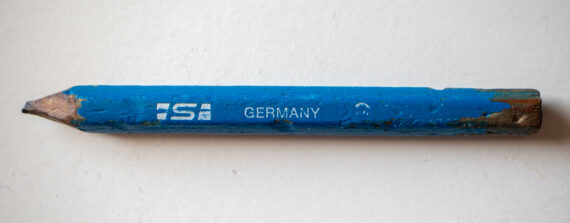Alsterhaus in Hamburg
A recent family trip to Hamburg [1]which was my first ever trip to Hamburg included a trip to Alsterhaus, a posh department store that very much reminded us of Harvey Nichols in Manchester.

The Alsterhaus sells many posh brands (think Armani, Chanel, Hermes, …), but unexpectedly we also found an extensive selection of stationery brands on one of the higher floors.

Some brands, like Graf von Faber-Castell, S. T. Dupont and Caran d’Ache take up large parts of the stationery corner’s luxury corner, but pens from other brands, like Pelikan and Kaweco, are also in stock.

Despite Alsterhaus’ general focus on luxury brands you can also find affordable stationery items for office and school use.

This includes a great selection of Lamy pens.

Faber-Castell, Leuchtturm and more were also available.

Thanks to my wife I walked away with Caran d’Ache’s Nespresso pencils (more about them at Pencil Talk) and my first ever “Les crayons de la maison” pencils (more about them at Lexikaliker, who discovered that this series is not quite what it is made out to be).
Prices were comparable to what you pay for these items in other shops or online.

This set seems to be the tenth edition, created together with Mizensir, a Swiss parfume firm.

When opening the plastic wrapping you can smell the strong smell from these pencils.

At this stage it is not completely clear whether the different pencils have different smells that are indistinguishable because they were together in sealed packaging or whether the different pencils have the same smell by design.

References
| ↑1 | which was my first ever trip to Hamburg |
|---|
Alsterhaus in Hamburg Read More »






